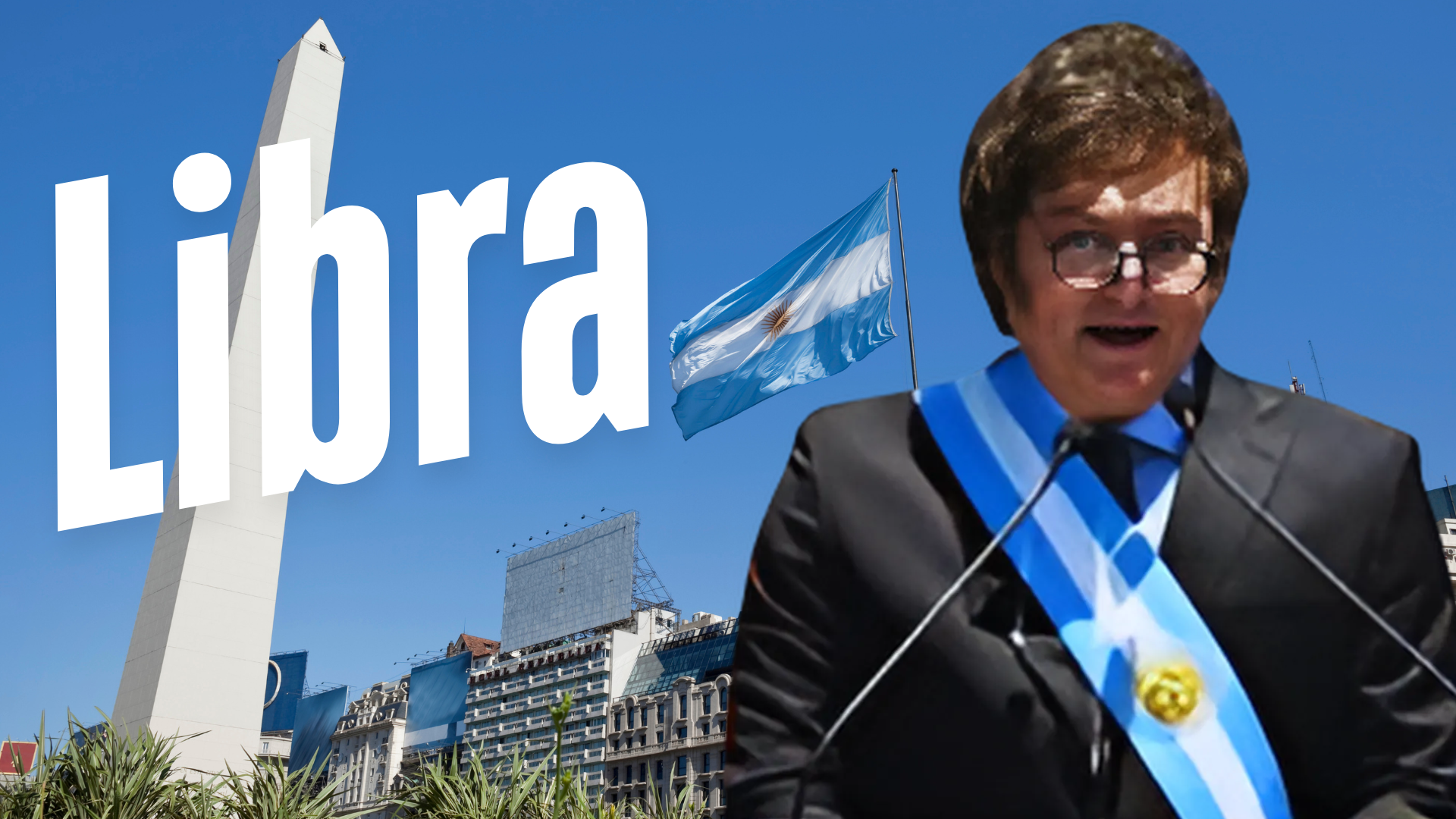
As the United States embarks on its mission to become the “crypto capital of the world”, a bold new proposal suggests auctioning off naming rights to national landmarks as a way to fund the Strategic Bitcoin Reserve. This budget-neutral strategy aligns with President Donald J. Trump’s recent Executive Order, which established the Strategic Bitcoin Reserve and the U.S. Digital Asset Stockpile on March 6, 2025.
A Creative Solution to a Crypto Conundrum
The Executive Order aims to bolster America’s Bitcoin holdings without imposing additional costs on taxpayers. Currently, the reserve is funded with 88,000 BTC of forfeited assets, but Treasury and Commerce Secretaries are tasked with developing budget-neutral strategies to acquire more Bitcoin. Enter the idea of selling naming rights to iconic U.S. landmarks.
Imagine visiting “Tether Falls” in Yellowstone, taking a boat ride on “Lake Binance”, or hiking the “Bitfinex Smoky Mountains”. These branded natural wonders could transform into digital goldmines, offering a market-driven approach to accumulating Bitcoin.
From Ballparks to National Parks: The Power of Naming Rights
Corporate naming rights have already proven successful in the sports world. In 2009, the New York Mets secured a 20-year, $400 million deal for Citi Field, while the San Francisco Giants’ 2019 contract with Oracle Park is estimated at $15 million annually. Other notable deals include the Texas Rangers’ Globe Life Field and the Houston Astros’ Daikin Park, both generating at least $11 million annually.
If corporations are willing to pay top dollar to brand stadiums, why not waterfalls, national parks, or lakes? The White House’s push for innovative, cost-free strategies makes this a natural fit, turning public landmarks into Bitcoin acquisition assets.
The Potential Payoff: Billions in Bitcoin
The potential financial impact is significant. Renaming Niagara Falls could fetch $500 million over a century, while auctioning 50 other landmarks at $100 million each could generate $5.5 billion. At Bitcoin’s current price of $90,000 per coin, this would yield around 61,111 BTC.
If the U.S. Treasury takes this concept further by auctioning landmark names like the “Gulf of Coinbase” or the “Gemini Grand Canyon”, the total Bitcoin haul could approach 100,000 BTC over a century. The strategy offers a recurrent revenue stream, aligning with the Executive Order’s long-term vision.
Beyond Branding: Funding Conservation and Crypto Growth
Critics may balk at the idea of “Coinbase Falls”, citing concerns over the loss of heritage and solemnity. However, historic venues like Fenway Park and Wrigley Field have thrived despite their branded roots. Similarly, the Crypto.com Arena in Los Angeles shows how quickly the public adapts to audacious rebranding.
The windfall from naming rights could also support conservation efforts, helping offset the $3 billion annual budget of the U.S. National Park Service. This approach not only boosts the Federal Reserve’s Bitcoin holdings but also aligns with the Department of Government Efficiency’s goals, ensuring fiscal discipline alongside crypto prosperity.
Seizing the Moment: America’s Crypto Vision
With only 21 million Bitcoin ever to exist, the U.S. cannot afford to miss this opportunity. The Executive Order consolidates forfeited holdings, but relying solely on seizures won’t build a world-leading reserve. The Federal debt has already surpassed $36 trillion, so adding more is not an option.
Auctioning naming rights offers a proactive, innovative approach to acquiring Bitcoin without burdening the American taxpayer. The idea complements President Trump’s mandate for a cost-free strategy, turning nature’s majesty into a Bitcoin-generating powerhouse.
Turning Nature into a Bitcoin Honeypot
Implementing this strategy will require competitive auctions, inviting bids from major crypto companies and emerging blockchain projects alike. With bold execution, the U.S. could soon boast a “Polkadot Pikes Peak” or “XRP Yosemite”, reflecting its creative approach to financial sovereignty.
Ultimately, this proposal is not about defacing national treasures but about maximizing their value. Whether it’s Lake Michigan’s shimmer or the roar of the Mississippi River, America’s landscapes will remain beautiful — only now, they could help build a Bitcoin reserve that solidifies the nation’s crypto dominance. In the world of digital assets, whatever it takes may well involve reimagining the names of America’s landmarks to pave the way for a crypto-powered future.


























































































































































































































































































































































































































































































































































































































































































































































































































































































































































































































































































































